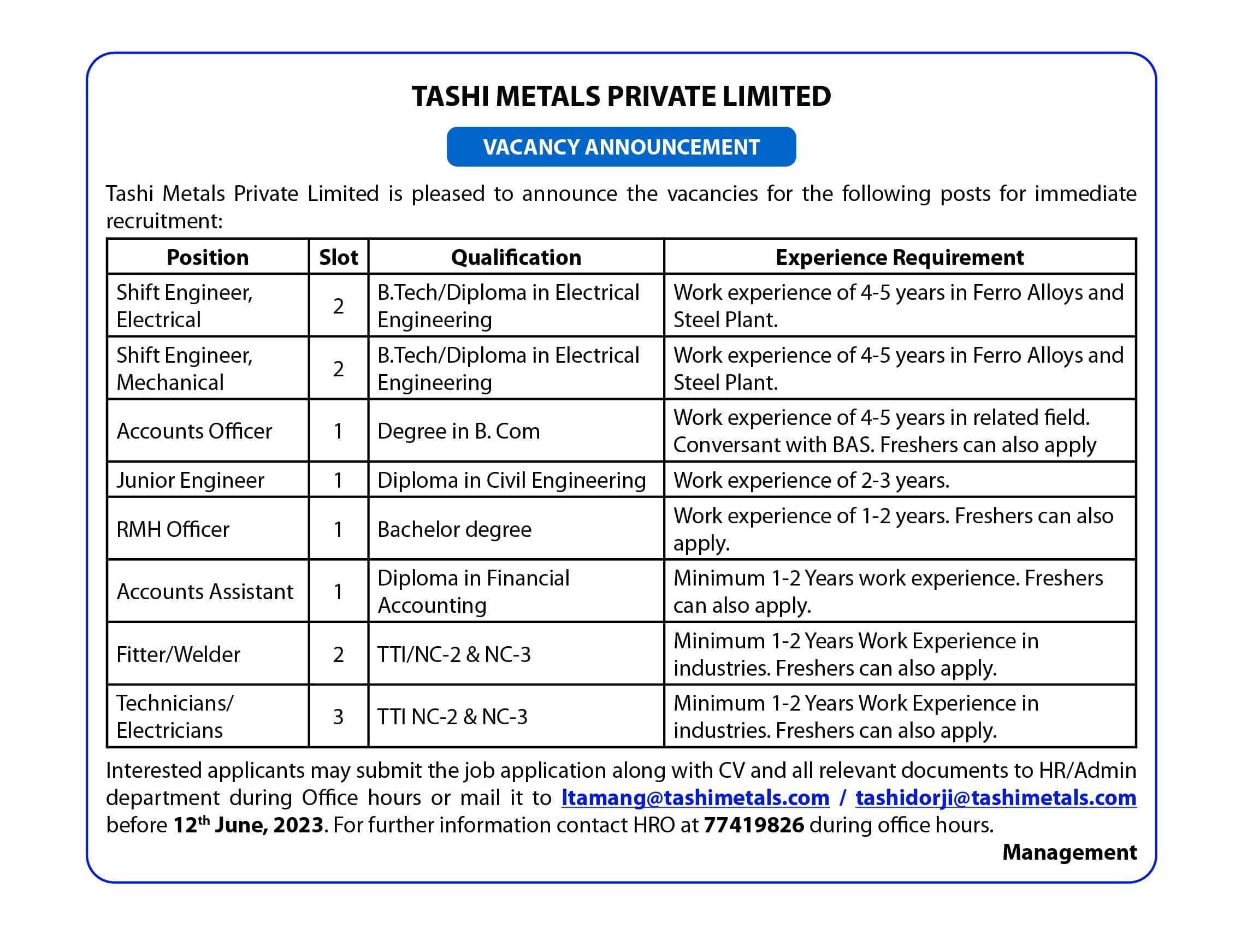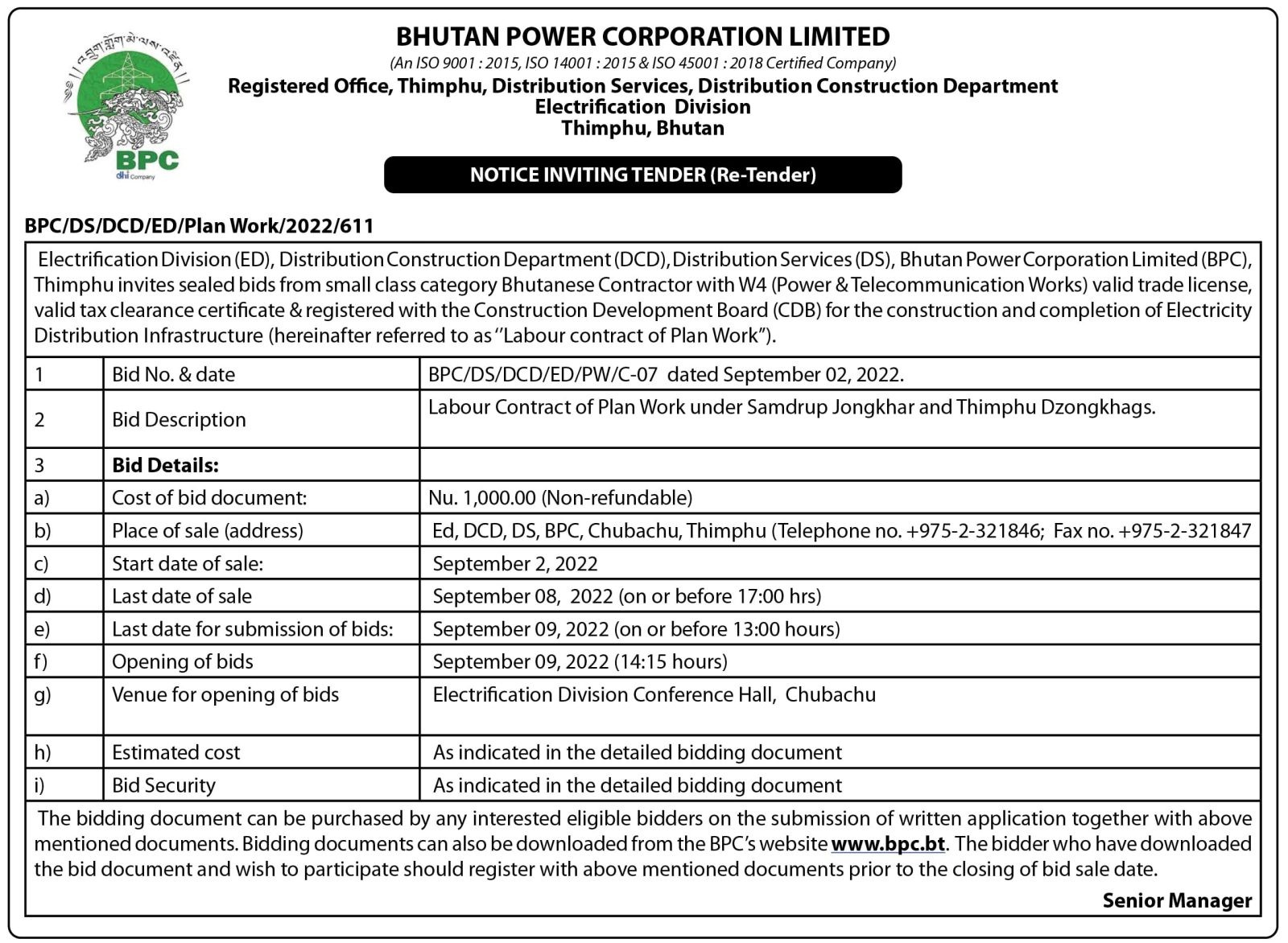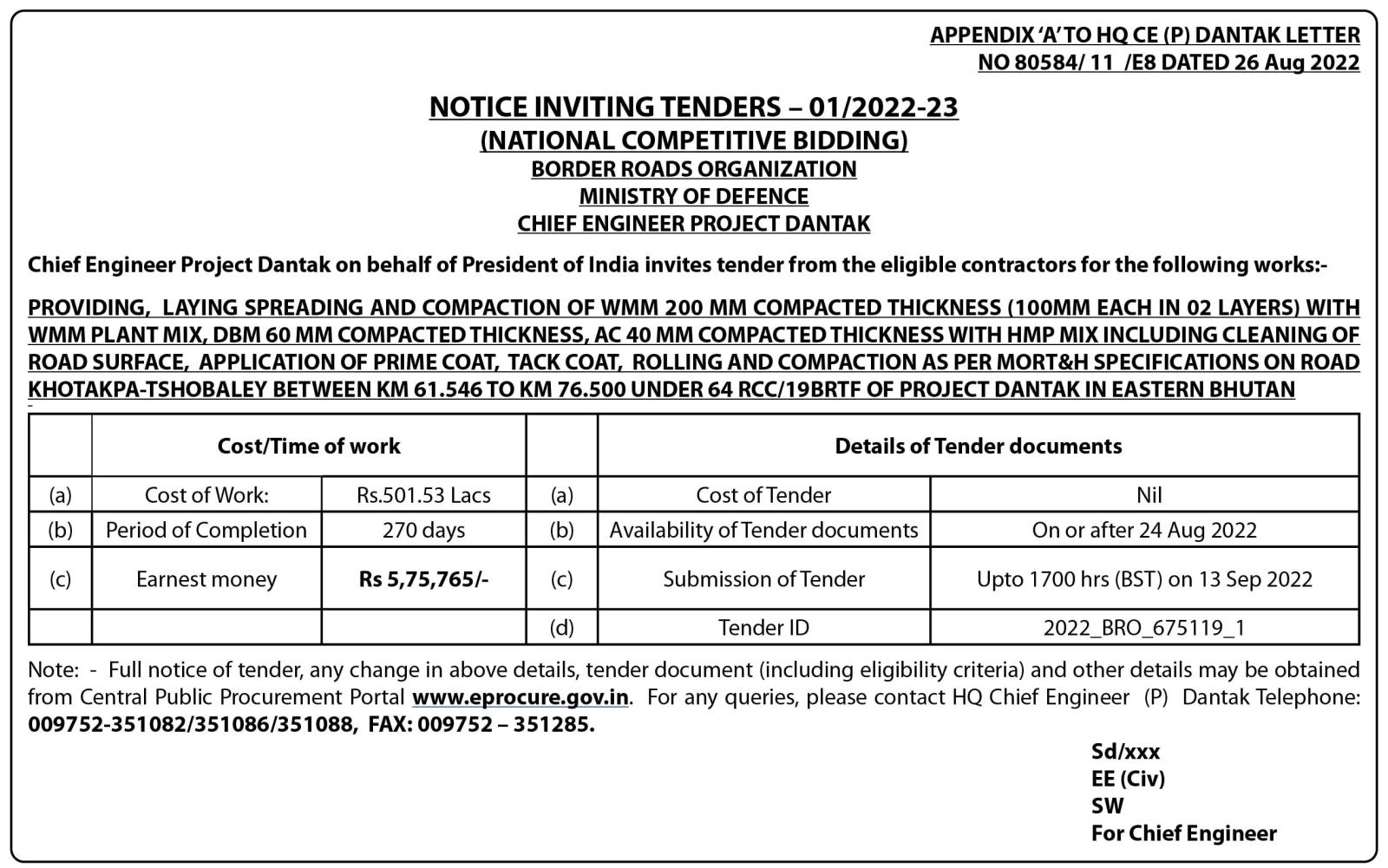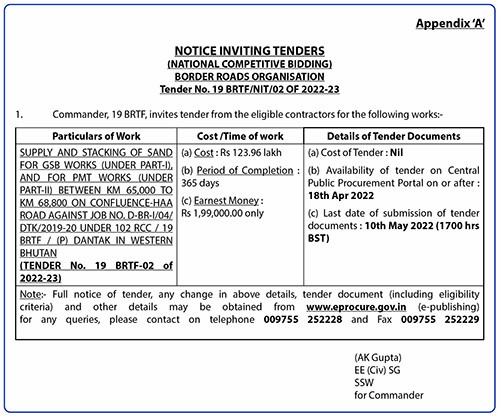Bhutan’s total public debt reached Nu 303.965 billion as of June 2025, marking an increase of Nu 5.782 billion from the previous quarter, according to the latest Public Debt Situation Report released by the Ministry of Finance (MoF). This represents a 1.9% growth in overall debt, driven by borrowing from both external and domestic sources, with external debt rising 0.8% and domestic debt increasing 16.8%.
The Ministry noted that public debt now stands at 100.5% of GDP, meaning the country owes slightly more than its annual income.
External Debt dominates Bhutan’s borrowing profile, accounting for Nu 279.318B (91.9%), while domestic debt comprises Nu 24.647B (8.1%). Hydropower-related debt stands at Nu 170.088B, representing 60.9% of external debt and 56.2% of GDP. It finances projects including Mangdechhu, Punatsangchhu I & II, Dagachhu, Nikachhu, Basochhu, and smaller hydropower projects under DGPC.
The non-hydro external debt is Nu 109.231B, or 39.1% of external debt and funds infrastructure development, rural electrification, roads, agriculture, urban development, and social sectors like education and health.
The Government of India remains Bhutan’s largest creditor, holding 64% of external debt, followed by the Asian Development Bank (17%) and the International Development Association (13%). Other lenders, including IFAD, JICA, the Government of Austria, SBI/EXIM Bank, and the SDF, account for the remaining 6.2%.
In terms of currency, 66% of external loans are denominated in Indian Rupees, which mitigates currency risk given Bhutan’s peg to the INR. Other currencies include SDRs (20%), US dollars (11.4%), Japanese Yen (2.9%), and Euros (0.1%).
Domestic debt comprises Nu 3.548B in overdraft facility from the Bank of Bhutan and Nu 21.098B in government bonds across eight series issued between 2021 and 2023, with maturities ranging from 2 to 12 years.
Despite the high debt-to-GDP ratio, the Finance Ministry assesses the situation as manageable due to the debt’s structure and purpose. Key risk-mitigating factors include, hydropower revenue-backed loans. It is underlined that repayments begin only after plants start generating income, ensuring cash flow alignment. Approximately 91.7% of hydropower debt is in INR, reducing foreign exchange risk.
Further, 95.4% of public debt is at fixed rates, shielding the government from interest rate volatility. The average repayment period is 10.8 years, with only 1.8% of total debt due within the next year. About 31.6% of external debt carries low interest rates (0–2%), long grace periods (5–10 years), and repayment terms up to 40 years. All hydropower projects are insured against natural disasters, with low water flow being the primary remaining risk.
Principal repayments are expected to rise sharply in FY 2026/27, particularly for Standby Credit Facility loans from India, alongside debt servicing for mega hydropower projects. These repayments will continue at elevated levels until FY 2037/38, after which the burden is projected to ease following the full settlement of Mangdechhu loans by FY 2038/39.
The concentration of debt in hydropower projects, which have secure markets and export revenues to India, strengthens Bhutan’s fiscal position despite high nominal debt levels. The mix of concessional, long-term loans and domestic bonds provides flexibility in fiscal planning, while reducing short-term liquidity pressures.
The MoF emphasized that the structure of Bhutan’s public debt reflects a strategic approach to financing growth-oriented projects, balancing immediate fiscal needs with long-term financial sustainability. By leveraging hydropower and infrastructure projects, Bhutan aims to ensure that debt contributes to productive capacity, economic growth, and development objectives, while maintaining manageable repayment obligations.
Nidup Lhamo from Thimphu



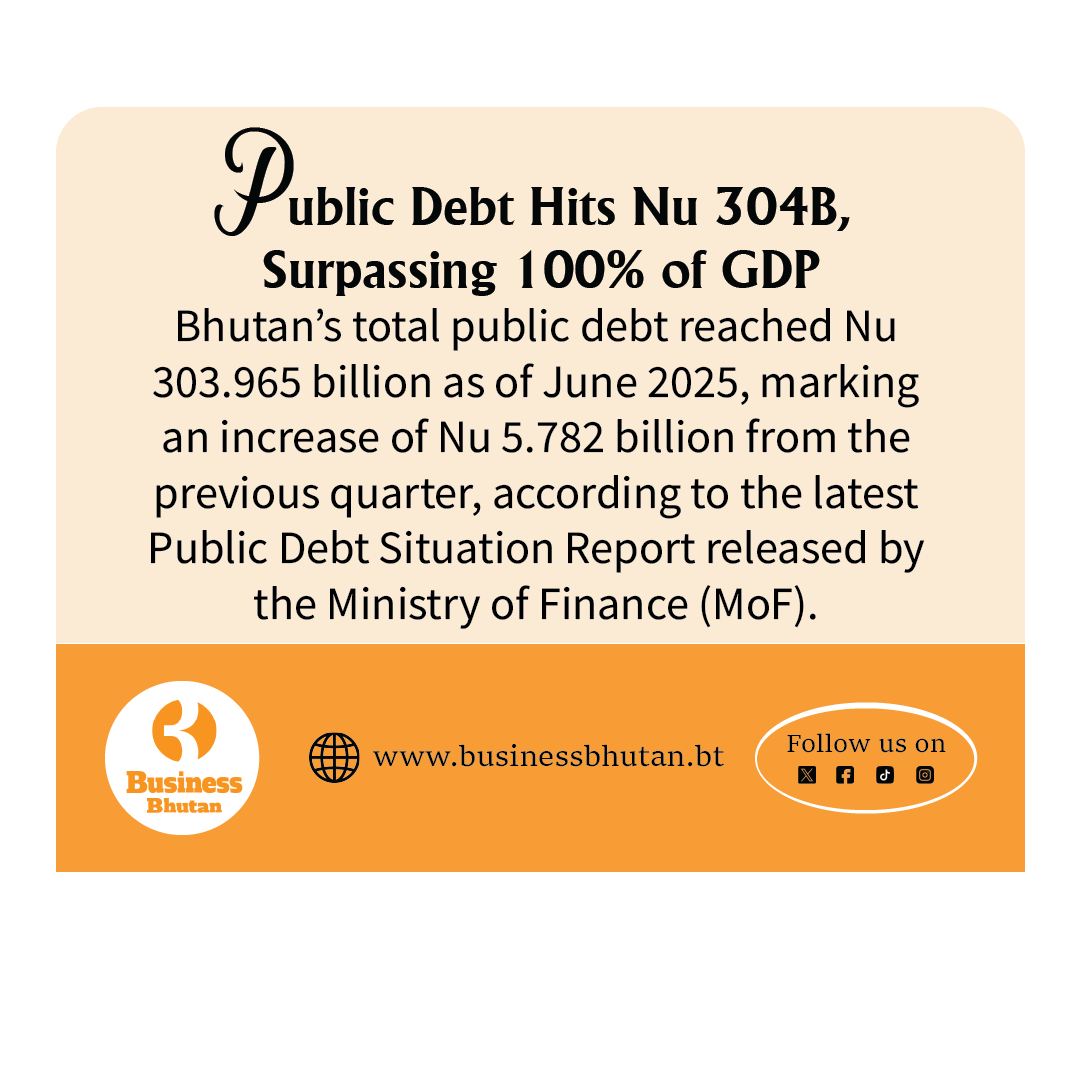
![Fresh Beginnings: Pasakha Vendors Gear Up for New Vegetable Market - Duplicate - [#16963] Fresh Beginnings: Pasakha Vendors Gear Up for New Vegetable Market - Duplicate - [#16963]](https://businessbhutan.bt/wp-content/uploads/2025/11/Asset-200.png)



